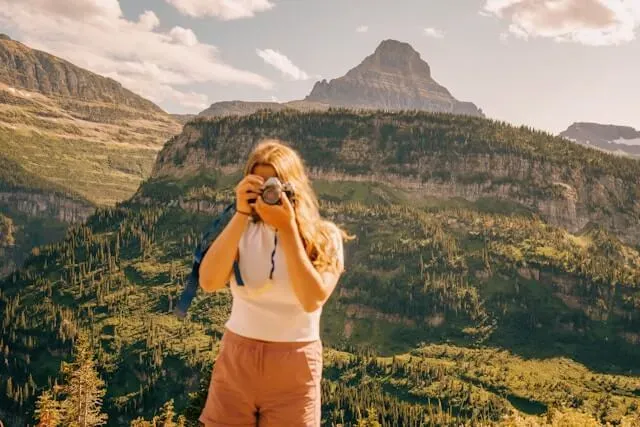
Mindful Photography
Encourage clients to incorporate Mindful Photography practice into everyday life. Learn how their photography skills can help with this mindfulness approach.
Get carepatron free

Encourage clients to incorporate Mindful Photography practice into everyday life. Learn how their photography skills can help with this mindfulness approach.